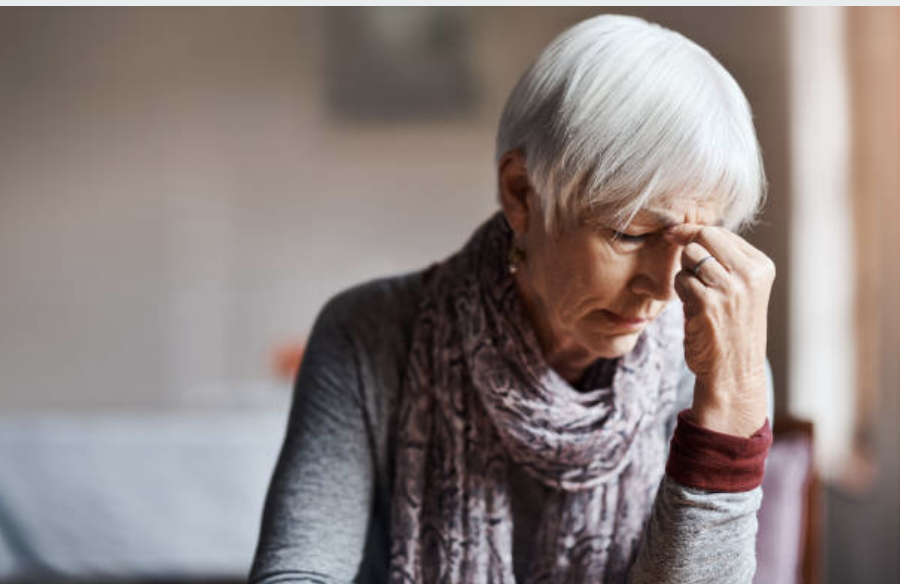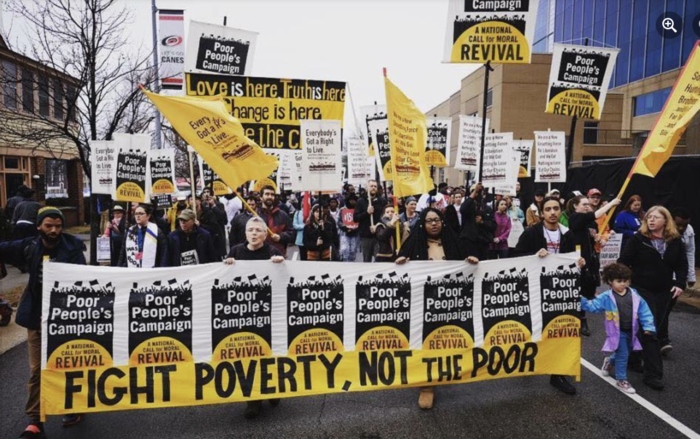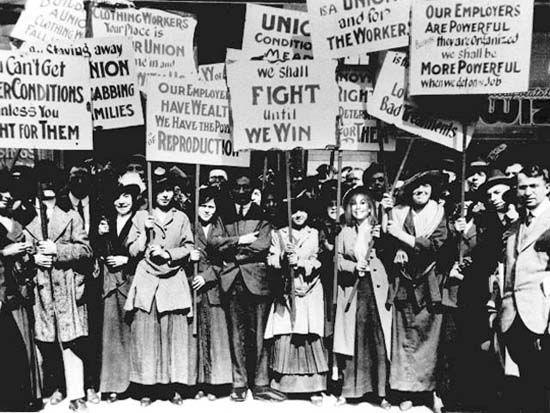At lightning speed, Trump is chucking the constitution and flaunting cruel racist policies, throwing many Americans into despair.

Climbing out of despair is contingent on building hope. We build hope by joining with like-minded neighbors to protest Trump’s mean-spirited policies. In the words of the Beatles song, “I get by with a little help from my friends.”
While daily affirmations and prayers can calm anxiety, they don’t go far enough to put the brakes on Trump’s growing Fascism. It takes people power to restore peace and justice.

Esteemed Buddhist writer, Joanna Macy champions “active hope,” where hope in linked to intention.
Examples of active hope are:
Groups protesting the abduction of university students, whose only” crime” was practicing free speech in advocating for Palestinian rights; nation-wide groups against Trump’s massive cuts to social programs that provide assistance for food, housing and medical expenses, including Social Security and Medicare; groups protesting Trump’s attacks on minorities and trans individuals along with the unfair targeting of immigrants, including shipping them off to inhumane detention centers.

Current photo of Joanna Macy, age 95
To quote another wise elder, Jane Goodall:
Real hope is not a passive feeling: It’s a positive force that motivates action. Hope and action mutually reinforce each other – you won’t be active unless you hope your action will make a difference. You need hope to get you going, but then by acting it helps you generate more hope. It’s a feedback loop.

Jane Goodall at her 90th birthday party
To get real: When your grandchildren grow up, what will you say when they ask, “What were you doing during the genocide in Gaza; when free speech was attacked; when so many were forced into poverty and early deaths after their social benefits were eliminated?”
I’m sure you don’t want to respond in terms of, “I’m sorry, but there was nothing I could do to end the horrible atrocities.” Alternatively, you can stand proud, if you answer in these terms, “I joined with like-minded friends, participating in street protests, supporting labor unions, and candidates championing peace and justice.”

Find your tribe and protest with them
Once we take action, hope builds, and we no longer have to make excuses to ourselves for hiding from the unpleasant. We can feel renewed knowing that we have joined the tribe of those who came before and those in the present who act out of courage, compassion and kindness.
Living in defiance of all that is bad and evil, gives our lives meaning. It delivers hope.
Rebecca Solnit, author of Hope in the Dark, believes that the stories we tell ourselves about our past is linked to how we show up in the present. If your stories are predominantly ones of victimhood, the challenge is to reimagine where you have agency. In this way hope allows us to grow, to be our best selves.

Rebecca Solnit
Solnit reminds us that change is neither linear nor quick. Progress is often met with setbacks. This can be a hard message to swallow in our era of rapid technological responses where the here and now is central and where the long view gets little stride. We tend to forget or overlook past progressive gains. I draw inspiration from the Suffragettes who played the long game, never giving up until they secured the vote for women.

The Suffragettes
Howard Zinn, the historian, offers words to live by: “To live now, as we think human begins should live, in defiance of all that is bad around us, is itself a marvelous victory.”








